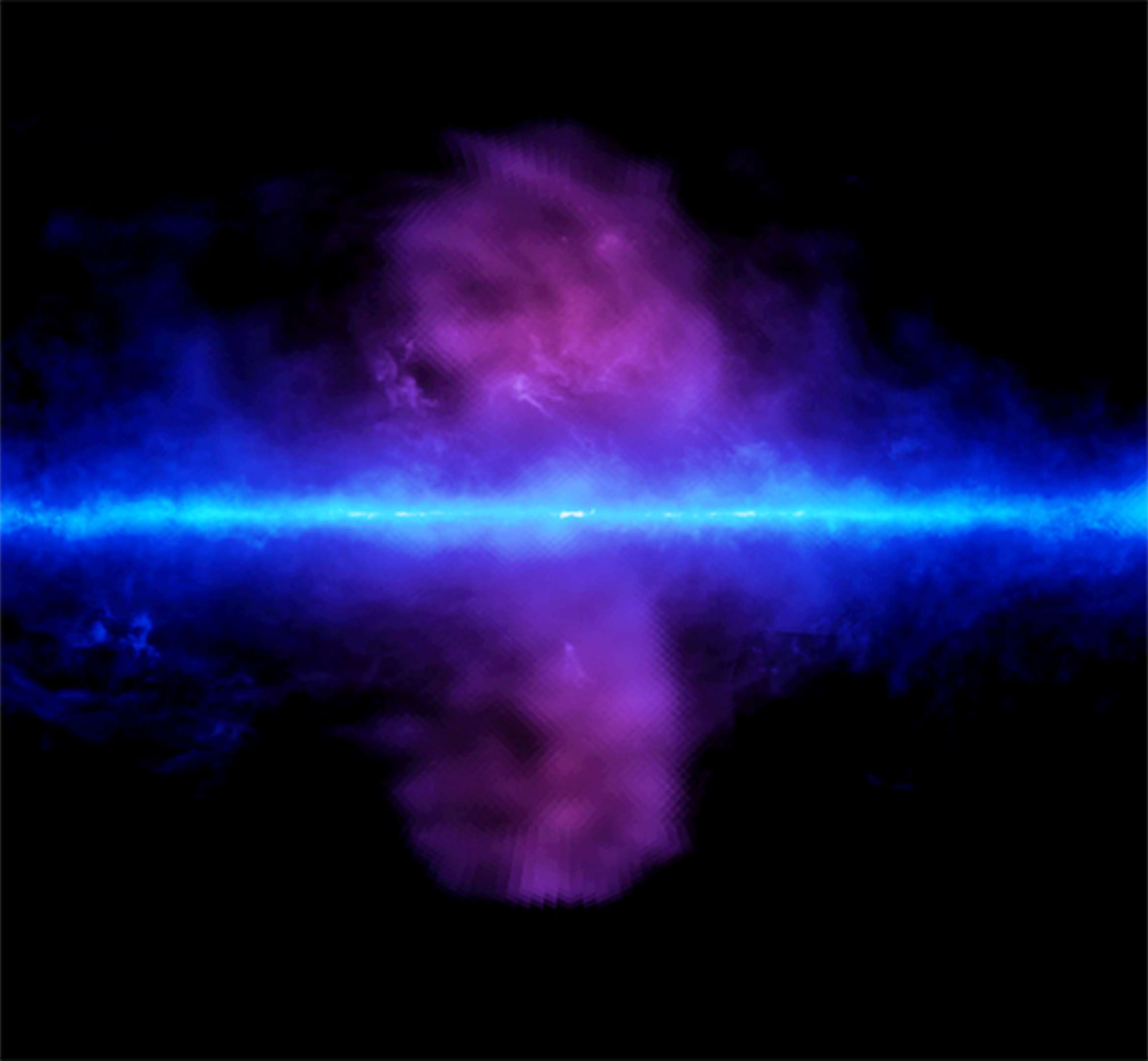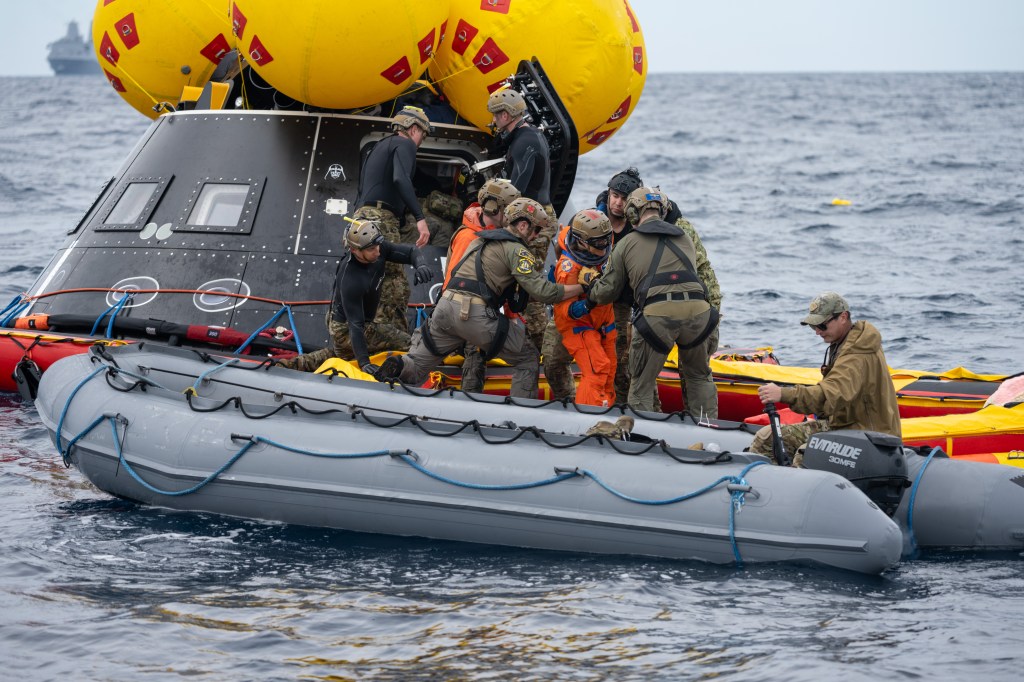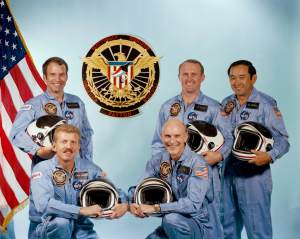With its first two flights successfully completed, Space Shuttle Challenger was ready to head back into space. As with its previous flights, this one would also be known for several “firsts.” The primary objective of Challenger’s third mission, STS-8, was to deploy the Insat-1B weather and communications satellite for India. The final orbital location of Insat-1B dictated that Challenger launch and land at night, the first time in the Shuttle program. STS-8 was originally planned to fly the second Tracking and Data Relay Satellite (TDRS) to expand space-to-ground communications between Mission Control and orbiting Space Shuttles, but during the launch of the first TDRS on STS-6, its Inertial Upper Stage (IUS) placed it into a stable but incorrect orbit. NASA managers decided to replace the TDRS on STS-8 until the IUS problem could be identified and corrected. Replacing TDRS was the Canadian-built Remote Manipulator System (RMS), or robot arm, and the Payload Flight Test Article (PFTA), an 8,500–pound dumbbell-shaped structure designed to evaluate the dynamics of the RMS.
NASA announced the crew for STS-8 in April 1982– Commander Richard H. Truly, a veteran of the STS-2 mission, and three first time flyers, Pilot Daniel C. Brandenstein and Mission Specialists Dale A. Gardner and Guion S. Bluford. Of significance, Bluford was the first African-American to fly in space. Eight months later, NASA added Dr. William E. Thornton as a fifth member of the crew to conduct medical investigations on the astronauts to better understand the causes of space motion sickness that was then affecting approximately one-third of all space travelers.
On June 24, 1983, Challenger returned to Earth in California from its previous mission, STS-7, and five days later arrived back at the Kennedy Space Center (KSC) in Florida. Technicians refurbished the orbiter, mated it with its twin Solid Rocket Boosters and External Tank and rolled the stack out to Launch Complex 39A on August 2, a then-record turnaround time. While on the pad, the stack rode out Hurricane Barry which made landfall just south of KSC.
On August 30, Challenger and her crew thundered into the night sky at KSC, only the second night launch in the American human space flight program – the first was Apollo 17 in 1972. They entered a circular orbit around the Earth and got to work on their flight plan, which included Dr. Thornton taking the first measurements for the space motion sickness studies that continued throughout the mission. On the second day, Bluford deployed the Insat-1B satellite and activated the Continuous Flow Electrophoresis System, a commercial experiment sponsored by McDonnell Douglas and developed to separate cells using an electric current, a process believed to be more efficient in microgravity. Over the next several days, Truly and Gardner maneuvered the RMS with the PFTA attached to various positions and arm joint angles to test its full dynamic range. The crew held an in-flight press conference and also spoke with President Ronald W. Reagan, who congratulated them on a successful mission. On September 5, the crew fired Challenger’s engines to return to Earth, and made the first night landing of the Shuttle program at Edwards Air Force Base in California, having completed 98 orbits around the Earth in 6 days, 1 hour and 9 minutes. NASA ferried Challenger back to KSC to prepare it for its next historic mission.
Read Dan Brandenstein’s and Guy Bluford’s recollections of the STS-8 mission in their oral histories with the JSC History Office.
Enjoy the crew narrated video about the STS-8 mission.



































